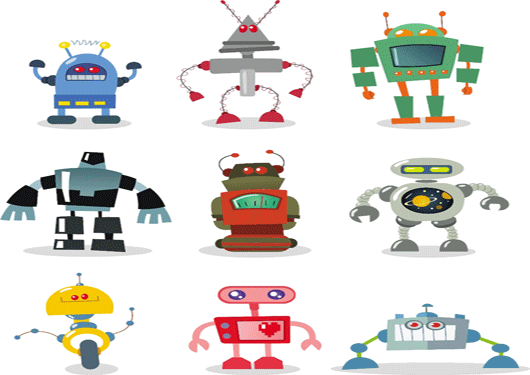
Visit Our Sponsors |
|
|
|
|
|
|
|
|
|
|
|
|
|
|
|
|
|
|
|
|
|
|
|
|
|
|
|
|
|
|
|
|
|
|
|
|
|
|

The market can be classified into the following end-user segments: defense, healthcare, automotive, domestic, food and beverages, electricals and electronics, and others, including oil and gas, textiles, and packaging industries.
Technavio industrial automation analysts highlight the following three factors that are contributing to the growth of the global R&D spending in the robotics industry: the race for robotics patents; demand for lower system engineering and installation costs; and the growing demand for industrial robots from non-automotive industries.
Race for robotics patents
Robots have become an essential part of both manufacturing industries and services industries such as automotive, electronics and electricals, defense and healthcare. Advances in technologies, such as sensors and grippers, have helped robots to work in tandem with human workforces.
“Robots are becoming more adaptive and flexible and may resemble the biological structure of human beings. In addition, they can be instructed and programmed remotely through the cloud. These advances and improvements in robotics technology stem from R&D investments. Since 2003, R&D investments in robotics have tripled the number of published robotics patents,” says Bharath Kanniappan, a lead analyst at Technavio, specializing in research on robotics.
In 2013, the global count for published patents in robotics and autonomous machines passed the 5,000 mark. About 120,000 robotics patents have been cleared worldwide over the last two decades.
Japan is the leading country for robotics patents with 31 percent of the total patents published with Tokyo being the key contributor. The U.S. follows Japan with 19 percent, followed by Germany at 17 percent, China at 10 percent, Korea at 9 percent, France at 3 percent, and the UK at 2 percent.
Demand for lower system engineering and installation costs
Systems engineering, services, and installations account for more than 75 percent of the overall cost of robot systems. OEMs or third-party vendors that sell generic software packages provide these engineering services and integrate robots in plants and industries. The software solutions offered by these vendors are vital for the integration of robots in applications that are specific to plant requirements. The virtual environment created by such software enables manufacturers to select a feasible way to incorporate robots into production lines, boosting productivity.
Software packages analyze the queuing of parts between robots and the buffer stores required. Though vendors in the industrial robotics market can make machines that are easy to integrate and use, the high cost of systems engineering is a barrier.
Growing demand for industrial robots from non-automotive industries
“The automotive industry was among the first to use industrial robots. However, of late, such robots have gained momentum in non-automotive industries such as foods and beverages, electricals, and electronics,” says Kanniappan.
The foods and beverages industry is a dynamic industry worldwide, which has to meet ever-growing market demand. Therefore, manufacturers are adopting innovative technologies such as automation and robotics in their supply chain for flexibility. The sale of industrial robots to the foods and beverage industry reached 26 percent from 2013 to 2014. The pharmaceutical industry accounted for 69 percent to 72 percent in 2014. The global demand for industrial robots is growing at a rate of 28 percent to 35 percent since 2012. Technavio researchers expect this growth to have a similar effect on the foods and beverages industry during the forecast period.
Source: Technavio
RELATED CONTENT
RELATED VIDEOS
Timely, incisive articles delivered directly to your inbox.






